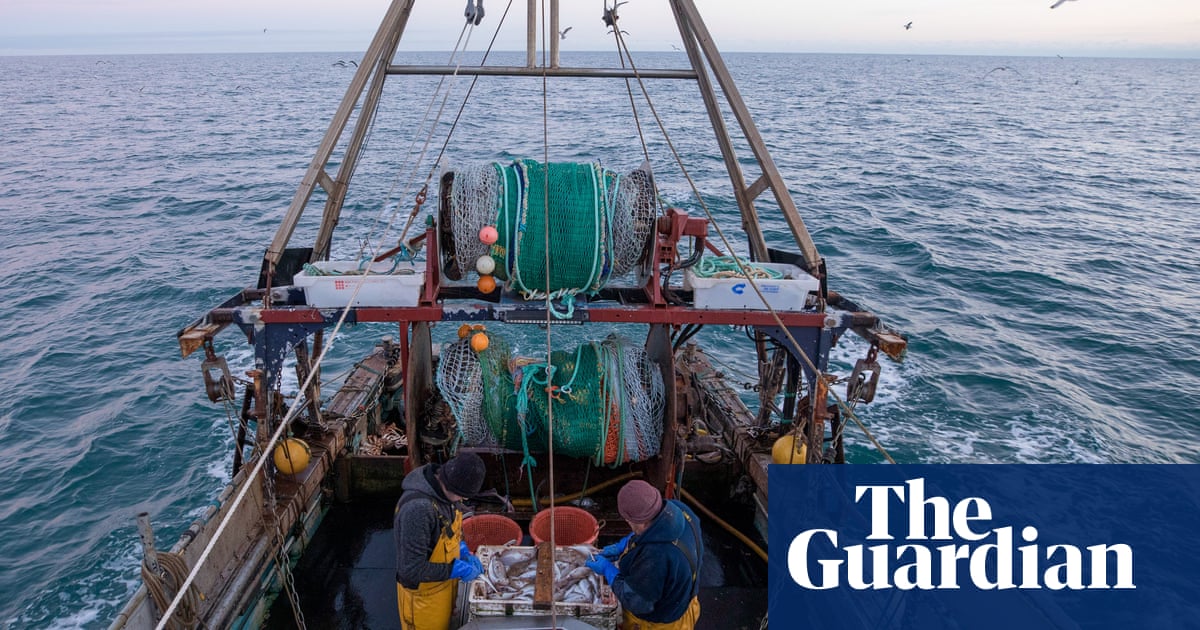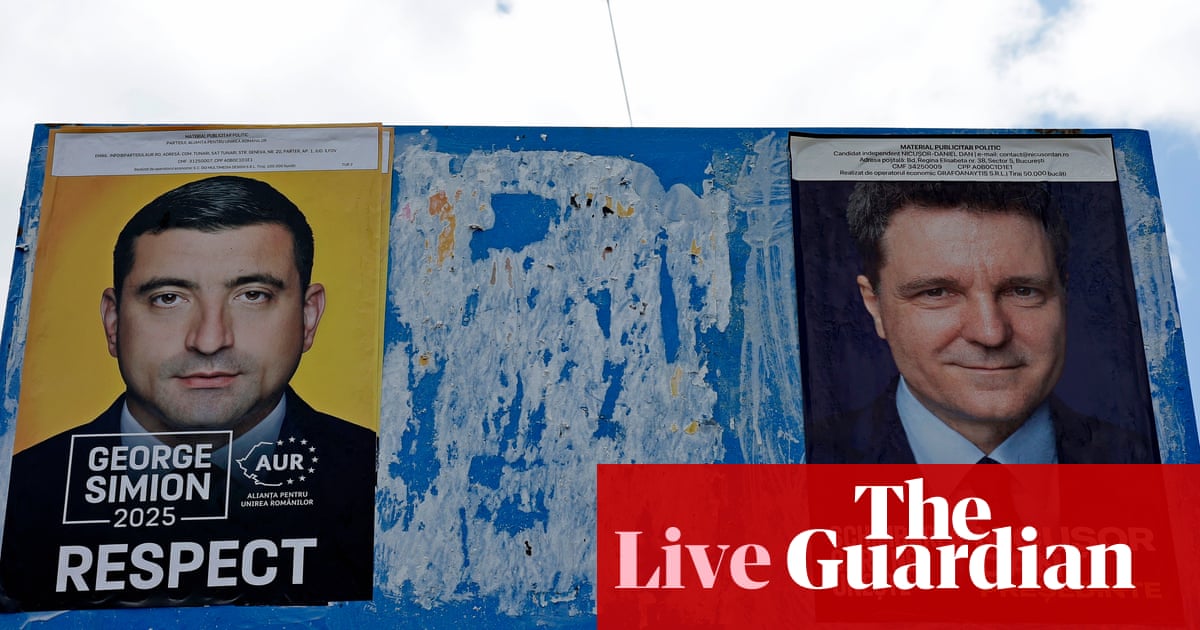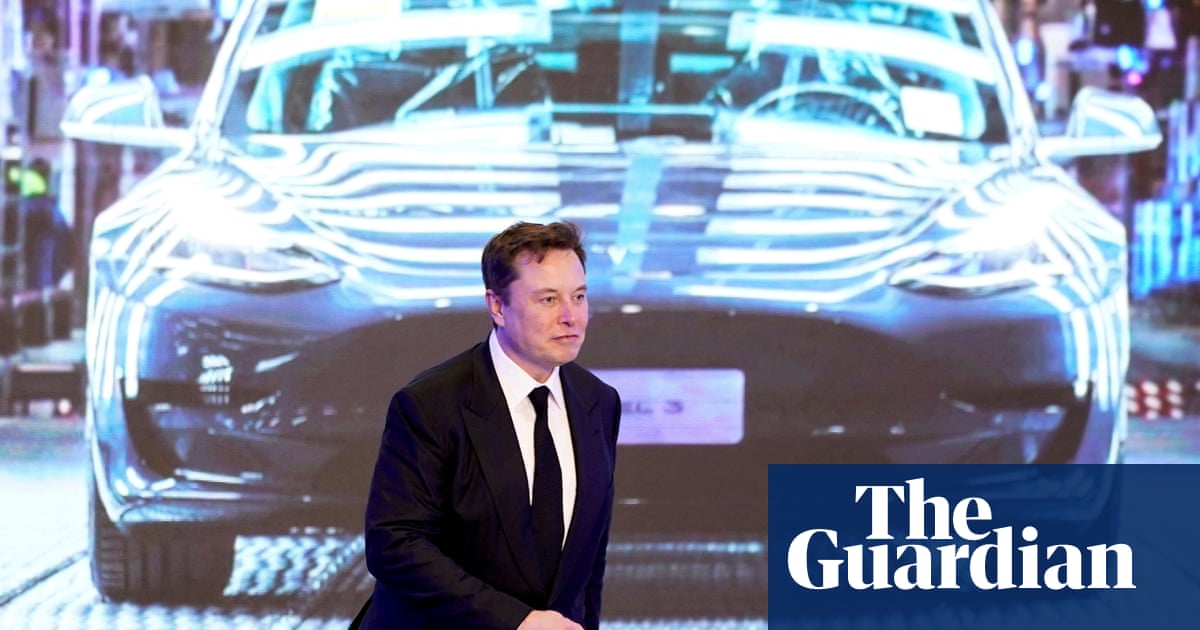It would be “liberation day” in the US, the White House announced. Well, we shall see. Yet even if one puts the noise and nastiness that accompany a Donald Trump announcement to one side – in this case tonight’s pronouncement that there will be an executive order announcing “reciprocal tariffs on countries throughout the world”, a 10% tariff on the UK and 20% on the EU – the significance of the theatre is hard to miss. Whether they presage the US’s liberation, or instead the disintegration of the global trading order, Trump’s tariffs add up to an attempt to transform a badly broken economic model. And that is something that affects us all.
Trump’s announcement was awash with insult and rambling nonsense. The rest of the world had looted, raped and pillaged, had scavenged and ransacked America – shocking claims if they had come from any other US president, yet water off a duck’s back today. But the hard core was there all the same: tariffs on the whole of the rest of the world. The shutters were up.
This threatened trade war will appear to supporters – of whom there were rather fewer this week in some important US electoral contests – exactly like the Maga big bazooka he promised in his inaugural speech in January. “Instead of taxing our citizens to enrich other countries, we will tariff and tax foreign countries to enrich our citizens,” he said back then. The new tariffs turn those words into realities.
Even to Trump’s opponents, though, the tariffs should be seen as the most important piece of evidence so far that he has American workers on his agenda. Where Joe Biden tried major tax, borrow and spend programmes to combat post-Covid economic precarity, Trump is deploying tariffs, ostensibly to the same purpose. There has been speculation that this will be merely tactical, to be quickly lifted or adjusted. Right now, that looks a long way off. For Trump, tariffs are not so much a negotiating tactic as a policy, a new revenue stream and a “made in the USA” commitment.
Before the announcement, markets and foreign governments were jittery. But the uncertainties have not disappeared. Listening to Keir Starmer continue to advocate a “calm pragmatic approach” does not disguise the fact that he knows, as we do, that Trump’s approach is the exact reverse. We are in a trade war now, whether we like it or not, and Trump, as the leader of the strongest economy in the world, likes it a lot because he thinks the US will win.
Things may not look so benign, however, when the rubber hits the road. It is inevitable that enthusiasm will be dulled – either among the public or in markets – when the inevitable price hikes are passed on to consumers, when inflation and the cost of mortgages begin to rise, when real wages remain flat, or when investment stalls and the US economy starts to experience a Trump slump.
All this, though, is speculation about the future, and a lot of it is for the fairly long-term future at that. It takes time for the real economic effects to be felt from a tariff wall of the kind Trump is planning. It is true that the tariffs have to be charged immediately, and that retaliatory tariffs are likely to kick in fast too. Nevertheless it will be months, if not years, before many US companies or sectors have the confidence and the cash to invest in the way “fortress America” supporters hope. Longer still, maybe, before US car workers or farmers feel truly confident about paying down their debts and spending again.
It makes perfect sense, therefore, to emphasise the uncertainties that Trump has just unleashed. All the more so because of the man himself, as well as the policy. It is hard not to feel, yet again, that part of what drove Trump’s decision was the sheer thrill he gets from his power. He glories in the way the world hangs on his every move, as the world must when its largest economy is controlled by a grudge-bearing manchild with guns who governs by decree.
Yet step back a little and it is also apparent that Trump is acting more logically than that. He is acting, albeit in a wilful and perverse manner, because the international economic model has been broken. He is responding to something real, namely a global recession that stems most immediately from the combined impact of the banking crisis of 2008-9 and the Covid pandemic of 2020. This was not something fake or imagined. Nor was it – or is it still – something felt in the US alone, but elsewhere, certainly including Europe and Britain.
The common root of today’s economic burden was the overload of debt and credit that caused the banking crash of 2008. That crash was principally confronted by spending massive amounts of public money on quantitative easing. But, just as before the crash, this was money based on credit more than on production or goods. This triggered attempts to square the circle – tax cuts in the US, austerity in Britain, pension cuts in France – which in turn provoked so-called populist responses, such as Trump’s election win in 2016, Brexit in the UK, the gilets jaunes in France. But before any of these national responses could resolve, Covid arrived, causing recessions all round, stock-market collapses and a rise in inflation.
Faced with these continuing problems, Trump’s response takes the form of tariffs. It is very uncertain whether they will work, even for the US itself. They may also trigger recessions, and the resultant tax and spend policy dilemmas elsewhere, in places such as the EU, Britain, Canada and Japan. In addition, they are likely to widen the gulf between the US and its postwar allies. While Trump talks of liberation, Germany’s new chancellor, Friedrich Merz, talks of “independence from the USA”.
In his tariffs, Trump is clutching at straws. He may divert the US’s tariff income into orthodox neoliberal tax cuts for corporations and the rich, like him. But his approach can also be seen as an illustration of the limited strategic options that today’s democratic political leaders have at their command when faced with economic recession or, worse, depression.
In a recent article in the London Review of Books, Perry Anderson has drawn an illuminating historical contrast with the post-depression 1930s. In the early 1930s, he writes, governments also followed economic orthodoxy with disastrous consequences. Back then, their failure forced the public works programmes of the New Deal (and of the Nazis) and then, after emerging from the abyss of war, the postwar establishment of Keynesianism. John Maynard Keynes himself, it is worth noting, was no dogmatic free-trader and was sometimes an advocate of tariffs.
In the 2020s, governments face a comparable dilemma. They, too, have been constrained by an economic orthodoxy that is increasingly difficult to sustain. They, too, have occasionally been forced into interventionist measures such as the Covid furlough scheme.
But beyond that? Trump is no New Dealer; he is the New Deal’s sworn enemy. At least he sees the need to do things differently. But his tariffs are the opposite to the new paradigm of political economy that the democratic capitalist world so obviously and urgently craves.
-
Martin Kettle is a Guardian columnist

.png) 1 month ago
29
1 month ago
29

















































